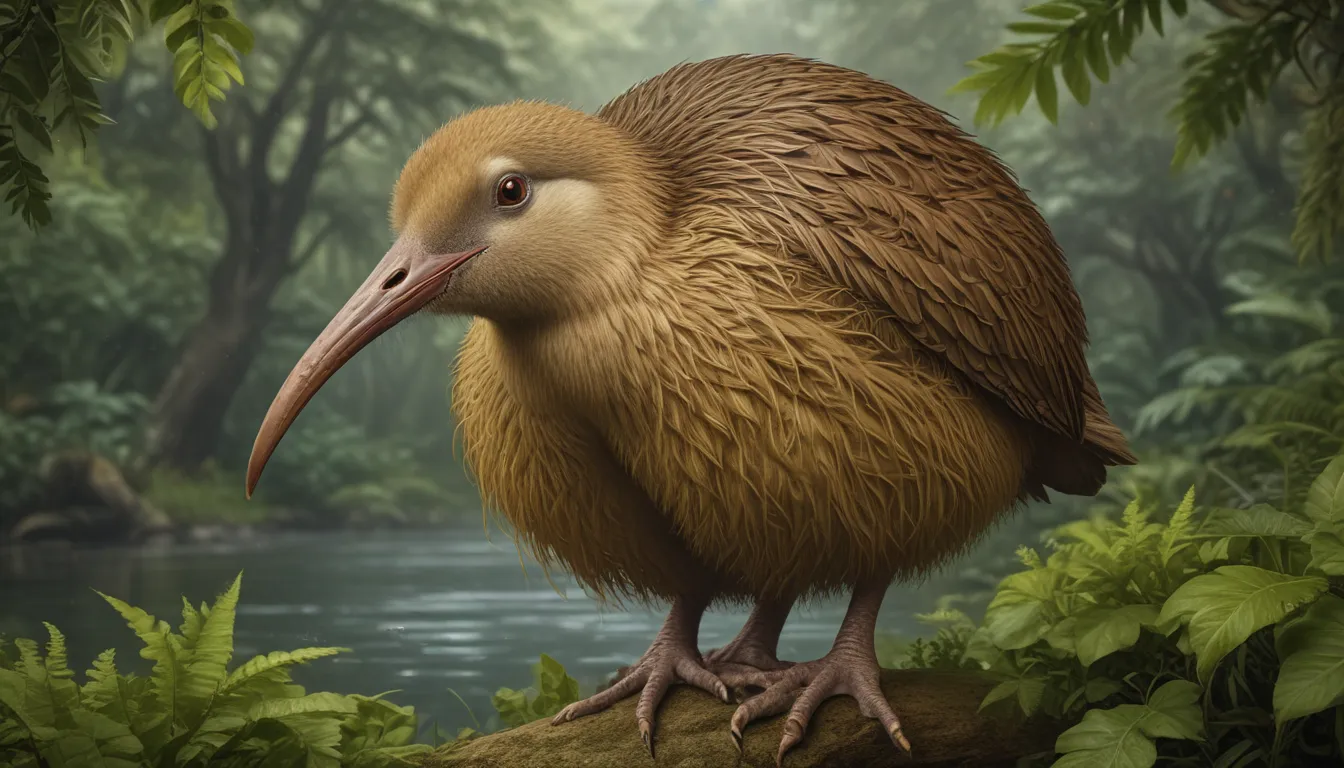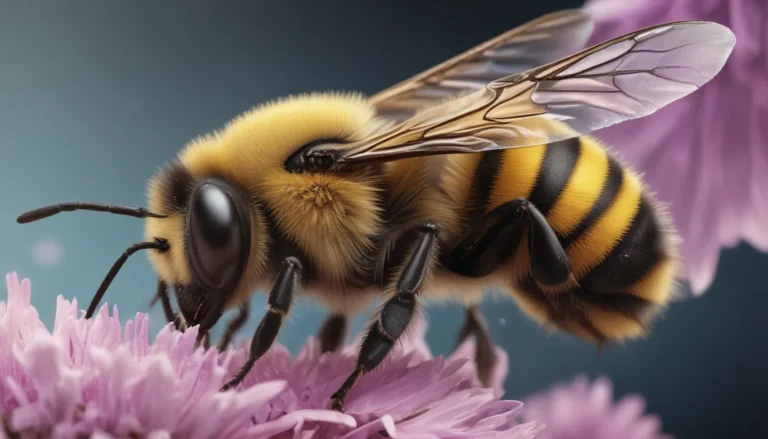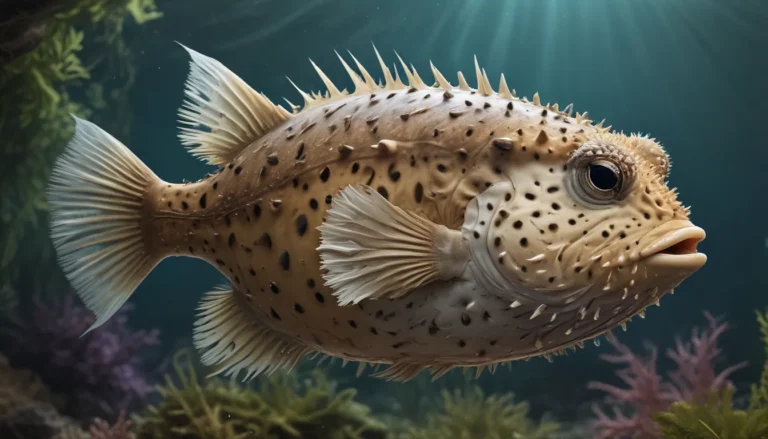The pictures we use in our articles might not show exactly what the words say. We choose these pictures to make you interested in reading more. The pictures work together with the words but don’t take their place. The words still tell you the important facts.
Welcome to the fascinating world of the kiwi bird, the iconic native animal of New Zealand. These special little creatures are entirely unique to New Zealand, making them a must-see for any nature enthusiast. While spotting a kiwi bird in the wild may prove challenging due to their elusive nature, there are certain areas where your chances of a sighting are significantly higher.
The Mysterious Origins of the Kiwi Bird
The journey of the kiwi bird to New Zealand remains shrouded in mystery, with several theories attempting to explain their presence. Some believe that kiwi ancestors existed when New Zealand separated from Antarctica and Australia millions of years ago. Others suggest that kiwis traveled from island to island before settling in New Zealand. Despite the evidence supporting these theories, the true origin of the kiwi bird remains a puzzle.
Delving Into Kiwi Bird Facts
Let's explore some of the most intriguing facts about kiwi birds that showcase their uniqueness and significance in New Zealand's ecosystem:
Quick Facts
- Kiwis have five different species, with four of them currently listed as vulnerable under conservation status.
- The kiwi lays the largest eggs in the bird kingdom, weighing about 20% of the female's weight.
- Only 10% of kiwi chicks survive to adulthood, facing numerous threats in the wild.
Essential Facts
- Kiwis evolved from the extinct Proapteryx over 15 million years, losing their ability to fly in the process.
- Humans first encountered kiwis in the 13th century when the Maoris arrived in New Zealand.
- Kiwis have poor eyesight but excel in other senses, particularly smell, hearing, and touch.
Interesting Facts
- Kiwis mate for life, with females enduring great stress during egg-laying due to their large size.
- Human activities, including vehicle collisions and habitat destruction, pose significant threats to kiwi populations.
- New Zealand has implemented conservation efforts, such as sanctuaries and Operation Nest Egg, to protect kiwis.
The Symbolism of Kiwis in New Zealand
Beyond being fascinating birds, kiwis hold symbolic importance in New Zealand culture and history:
Kiwis refer to more than just birds.
The term "Kiwi" also refers to the people of New Zealand, originating as a nickname for soldiers in World War I. Today, it represents all New Zealanders, reflecting the deep connection between the country and its iconic bird.
Kiwis have symbolized New Zealand as far back as the 19th century.
Since soldiers first adorned their uniforms with kiwi birds, these creatures have become a national symbol featured in emblems, logos, and even aircraft insignias. Kiwis embody the spirit and identity of New Zealanders.
The origin of the word kiwi remains in question.
While some believe it stems from Maori language imitating bird sounds, others trace it to Polynesian roots. Regardless of its etymology, "kiwi" has become synonymous with New Zealand and its unique flora and fauna.
The Diversity of Kiwi Species
Let's take a closer look at the different kiwi species and their distinct characteristics:
Great spotted kiwis make up the biggest kiwis.
With males standing up to 45 centimeters tall and females reaching 50 centimeters, these birds exhibit striking physical features and territorial behaviors. Their aggressive nature reflects their strong defense mechanisms.
Little spotted kiwis make up the smallest kiwis.
Despite their small size, these birds display territorial behaviors and resilience against predators. Conservation efforts focus on protecting this vulnerable species from extinction.
Scientists first discovered the okarito kiwi in 1994.
Distinct from other kiwi species, the okarito kiwi resides exclusively in the Okarito Forest on New Zealand's South Island. Their longevity and unique breeding patterns contribute to their conservation status.
Protecting the Future of Kiwis
As human intervention and environmental challenges threaten kiwi populations, New Zealand has taken proactive measures to safeguard these iconic birds:
Human activities also pose a threat to kiwis’ future.
Vehicular collisions and habitat destruction have led to significant declines in kiwi populations. To mitigate these risks, conservation efforts focus on creating sanctuaries and implementing protective measures in key habitats.
New Zealand works hard to protect kiwis.
Through initiatives like Operation Nest Egg and nature reserves, New Zealand actively preserves kiwi populations and restores their habitats. These dedicated efforts aim to ensure the long-term survival of kiwis in their native environment.
Kiwis have a place in Maori religion and culture.
Deeply rooted in Maori traditions, kiwis hold spiritual significance and cultural importance. With practices like kahu kiwi and traditional cuisine, kiwis remain central to Maori identity and heritage.
In conclusion, the kiwi bird embodies the essence of New Zealand's natural beauty and cultural heritage. By exploring the diverse facts and stories surrounding these unique creatures, we gain a deeper appreciation for their role in shaping the identity of a nation. As we continue to protect and preserve kiwis for future generations, we uphold a legacy of conservation and respect for the environment. Join us in celebrating the enigmatic kiwi bird and the rich tapestry of life it represents in New Zealand.






